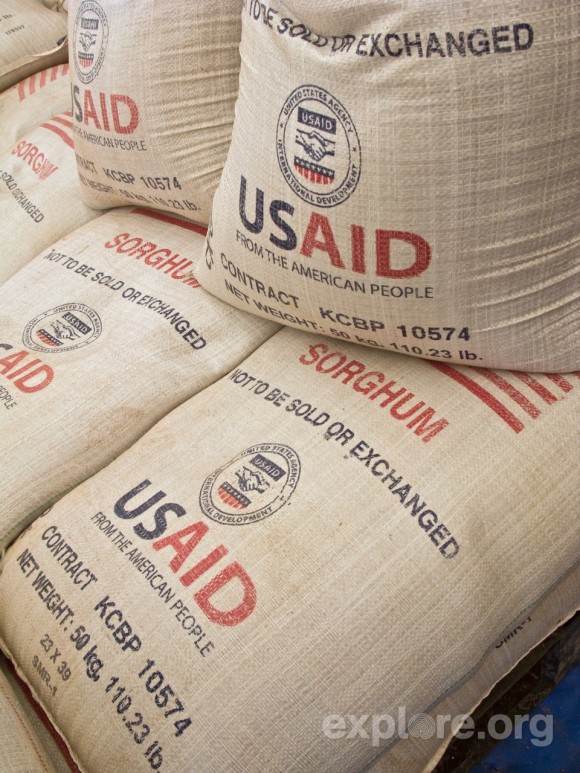Right here in America, under our collective nose, there is an industry that survives on political patronage and government subsidies, that regularly receives mysterious and untraceable bailouts funded by taxpayers, that is disproportionately influential in Washington as a result of its massive lobbying efforts, and that is making huge profits at the expense of ordinary consumers.
I’m not talking about Wall Street. I’m talking about the American sugar industry, which for years has been a perfect case study for the corrupting influence of money in politics. …
Today’s Wall Street Journal has a story about the Department of Agriculture’s decision to consider bailing out the U.S. sugar industry by buying 400,000 tons of sugar from major U.S. producers, at a taxpayer-funded cost of roughly $80 million. …
Why does the U.S. sugar industry need an $80 million bailout, you ask? Because sugar-makers are in danger of defaulting on loans the government gave them as part of a previous bailout program.
That’s from a very interesting article published a few weeks ago in New York magazine which discusses the political economy of agricultural subsidies in the United States.
The article was very à propos given that we’d just finished discussing farm subsidies in my food policy seminar.
Why does the sugar sector benefit from such subsidies, which end up costing consumers through both the prices they pay and their tax bill? As we have discussed several times in my seminar, the reason is essentially that it is easier for producers to organize and lobby the government than it is for consumers to do the same.
In The Logic of Collective Action, Olson noted that smaller groups have an easier time organizing than large ones do, and studies have shown that smaller commodity groups such as sugar producers get better subsidies than larger commodity groups such as corn producers.
Therefore, as the agricultural sector declines and the number of farms decreases, lobbying becomes a much better proposition for farmers, and the subsidies get increasingly better. For more on the political economy of farm subsidies (and on the politics of food in general in the US), everyone should read Rob Paarlberg’s Food Politics: What Everyone Should Know.
